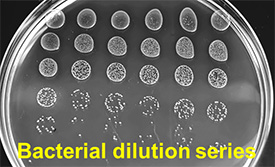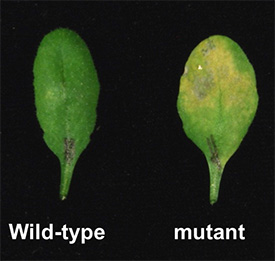Assistant Professor, The University of Alabama at Birmingham, AL
The plant–microbe pathosystem constitutes a very complex biological network in which the molecular players from both the pathogen and the host engage in a battle for dominance. To initiate infection, phytopathogenic bacteria enter plant tissue through natural openings including stomata and reside in the extracellular space known as the apoplast. Plants detect molecular components of the invading pathogens, rewire the flow of biological information, and often respond with effective immune responses such as microbial-associated molecular patterns (MAMPs)- or Effector-Triggered Immunity (MTI and ETI, respectively). Stimulation of these defenses involves dynamic temporal transcriptional reprogramming of thousands of genes, as well as complex signal transduction networks incorporating feedback and cross-talk controlled by largely unknown mechanisms. Inferring the gene regulatory network is an important step towards understanding how transcription factors dynamically exert their positive and negative activities to control their targets under diverse physiological conditions. The research in our laboratory focuses to generate dynamic transcriptional regulatory networks. Towards this, we performed a pilot RNA-seq experiment using RNA derived from Arabidopsis leaves infected with Pseudomonas syringae pv. tomato DC3000 at different time points. P. syringae DC3000 is a virulent pathogen that causes disease on Arabidopsis manifested by yellow chlorotic discoloration. These transcriptomic data will be useful in understanding the molecular mechanisms in the establishment of disease.
Materials are under development.
Materials are under development.

